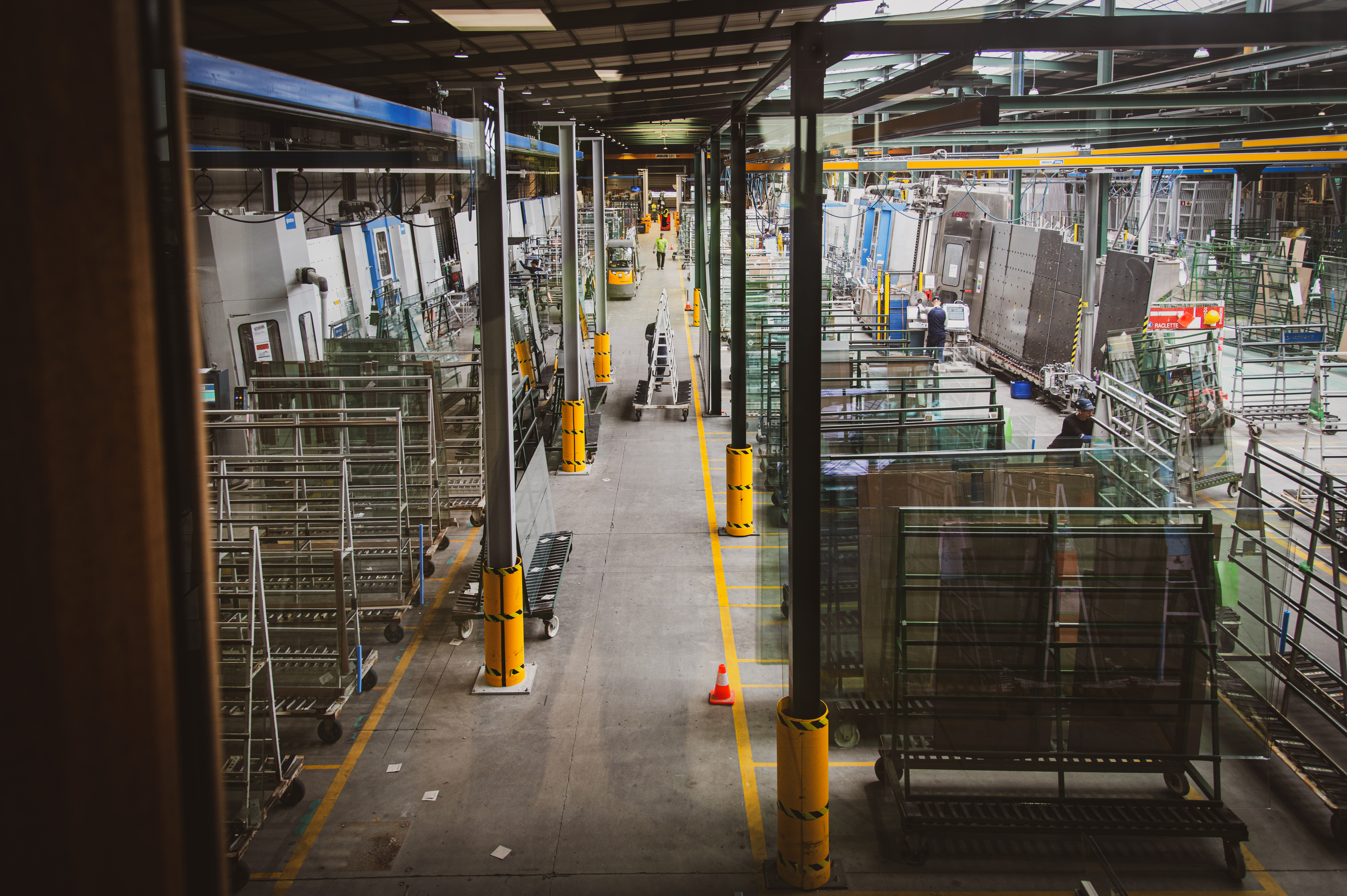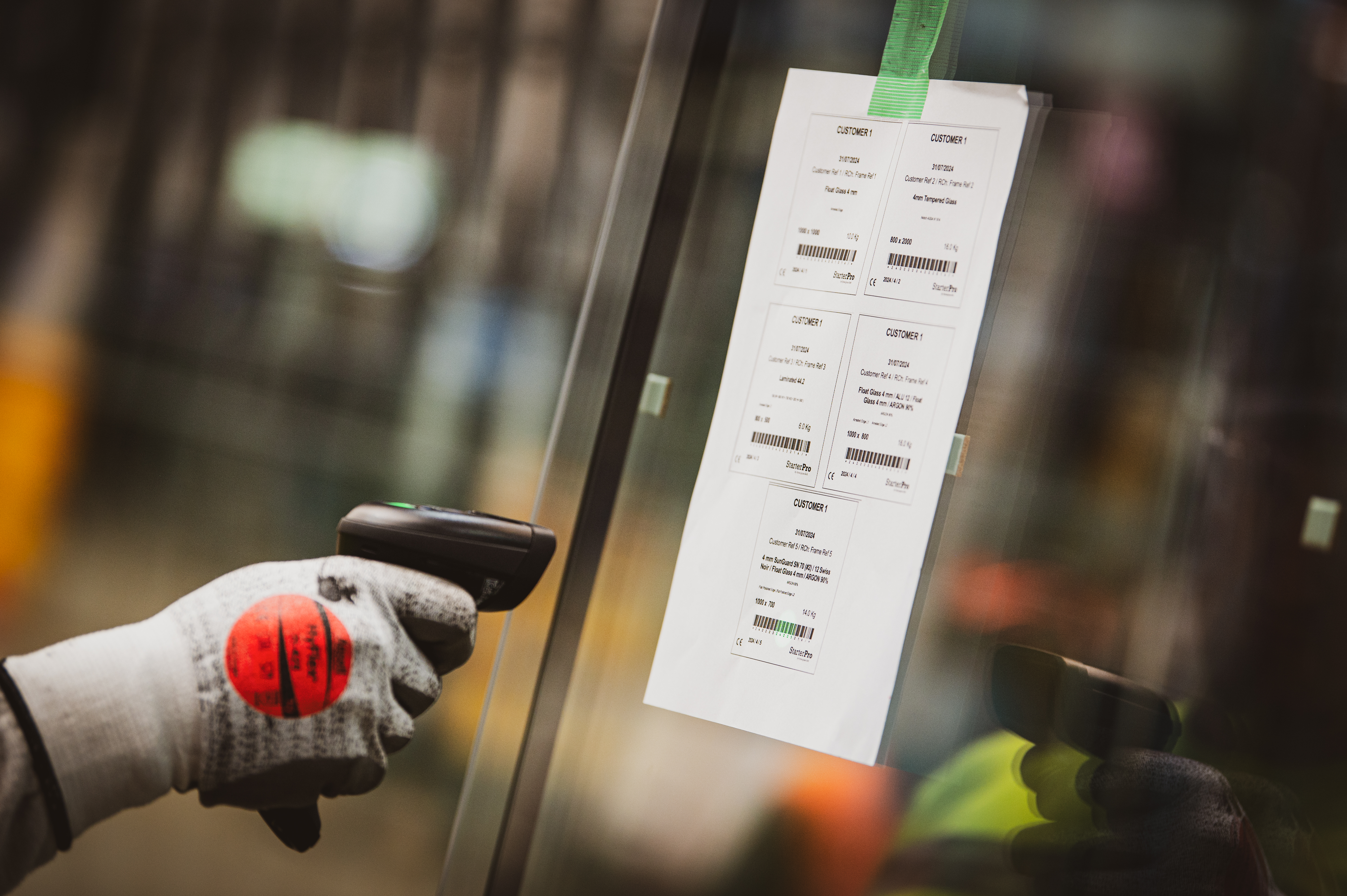Are you asking yourself whether your glass transformation business really needs a Business Intelligence (BI) tool for reporting and analytics? It is an important question. You might feel that your current spreadsheets and basic reporting systems are working just fine. But the reality is, as your business grows, you may find that these tools lack the dynamic, in-depth insights needed for data-driven decisions in today’s competitive market.
As software solutions providers for the glass industry, we have seen lots of businesses facing similar challenges. They often have limited visibility, inefficiencies, and lack of optimization due to underpowered reporting tools. With a BI tool, you can centralize your data, dive into dynamic dashboards that provide more than just static data, and make decisions that lead to better performance and profits. Many businesses in the glass processing industry have already experienced the advantages of BI tools in optimizing operations and improving their decision-making capabilities.
In this article, we will show you why investing in a BI tool is one of the great way to make your operations more efficient and stay competitive in an increasingly data-driven industry.
What is a Business Intelligence (BI) Tool?
A Business Intelligence (BI) tool is software that helps you make sense of a wide range of data your business generates. It collects data from different parts of your company and shows you reports that are easy to understand. Instead of looking at numbers in spreadsheets, a BI tool gives you clear charts and dashboards that help you see how your business is doing.
With a BI tool, you can compare current data with historical data to see where your business stands relative to your goals. By tracking trends, you are equipped to make more informed decisions that align with market and production changes, helping you meet your targets.
For glass processors, this means you can track how well your production is running, find ways to reduce your scrap rate, and make better decisions about the resources you use and how you schedule your work.
Evaluating the need for a business intelligence tool in your glass processing business
As your glass processing business grows, it can get pretty hard to manage data and making informed decisions. While traditional systems offer basic reporting, a Business Intelligence (BI) tool can provide deeper insights. Below are five reasons to consider when evaluating whether a BI tool is the right fit for your business.
Reason #1: Why Spreadsheets Are Not Enough for Glass Processors
Most glass processors use spreadsheets or basic reporting tools to keep track of their day-to-day operations. These tools might seem to do the job, but they often do not give you the visibility and depth you need to make proactive decisions. Traditional systems are reactive. You look at historical data, see where things went wrong, and then try to fix it.
For example, if you are managing production metrics through spreadsheets, you are likely to have some unexpected machine breakdowns. By using a BI tool, you can spot links between breakdowns and specific production schedules, which helps you make adjustments to reduce downtime, lower maintenance costs and keep your production flowing smoothly.
BI tools can offer historical comparisons and progress tracking, which might help to see where your business stands relative to your goals, and deal with potential issues before they happen. This level of insight allows your team to tackle potential production bottlenecks, reduce scrap rate, and optimize the entire supply chain. Instead of managing your business with hindsight, you can make data-driven decisions in real time.
Reason #2: Improve Efficiency by Working Smarter, Not Harder
Your team likely works hard every day to keep operations running smoothly. But just because you are putting in the effort does not mean you are being efficient. BI tools help pinpoint ways to increase efficiency without overwhelming your team. Just think of being able to spot patterns like production delays, equipment downtime or resource shortages that you had not noticed before.
For instance, BI-driven insights across production lines help you find the best machine settings. You can then make data-based adjustments to reduce scrap rates and improve output quality. This makes production processes smoother and more cost-effective.
The key is data-driven insight, which helps you focus on what matters most to your bottom line, making your whole operation more efficient.
Reason #3: Break Down Data Silos for Better Collaboration
Many glass manufacturers struggle with “data silos,” where different types of information, like production data, financial data, and sales reports, are stored separately in various systems. This makes it hard to get a complete picture of the business and see what is going on across different departments.
A BI tool puts all your data in one place, so you can have a complete vision of your business. For example, a company that integrated its sales and production data found that by sharing production insights with the sales team, they could better manage customer expectations. When sales teams have access to production data, they can set realistic customer expectations. Meanwhile, your team can use financial data trends to guide purchasing decisions and plan production more effectively.
This unified view ensures that everyone in your organisation is working towards the same goals with the same up-to-date information.
Reason #4: Access Reports to Fit Your Business Needs
No two glass manufacturers are alike, and that is where the flexibility of a BI tool shines. No matter what you need to measure – quality control, production efficiency or sales performance – a BI tool enables you to create reports that focus on the most relevant aspects of your operations.
For instance, finance teams may track margins more precisely, and operations can analyze billing data to ensure accuracy and consistency. This kind of reporting helps leaders at all levels make better strategic decisions without relying solely on external audits or sporadic checks.
As a result, you can implement corrective measures faster, reducing scrap rates and making products more consistent.
Reason #5: Focus on Long-Term ROI, Not Just Short-Term Costs
It is natural to feel hesitant about investing in a new BI tool, especially when you are already using existing systems. While it can seem like a big expense upfront, many businesses find that it pays off in the long run. Companies that use BI solutions usually see improvements in key areas like reduced waste, increased efficiency, and better decision-making, all of which contribute to cost savings over time.
BI insights can show where there are inefficiencies in production workflows, helping businesses to improve how they operate and to make better use of their resources. You can also use it to compare historical data to current data in one click, which helps you refine your procurement strategies. This allows companies to maintain consistent production levels while managing costs more effectively.
When evaluating the cost of a BI tool, consider the potential gains. These could be better data management, reduced inefficiencies and improved profitability. Over time, you’ll see a significant return on your investment, and the costs will become negligible compared to the benefits.
Why Now Might Be the Right Time to Invest in Business Intelligence
For many businesses, the question is shifting from “Should I invest in a business intelligence tool?” to “Is now the right time to make that investment?” In the increasingly competitive glass transformation industry, relying on outdated systems and guesswork to make decisions may limit your growth potential.
Whether you are considering a BI tool or an ERP system, both can play a pivotal role in future-proofing your business. For more on why upgrading your systems now can give you a competitive edge, check out our article on Upgrading to an ERP System: Why Now?
A BI tool offers more than just a way to organize data – it provides the insights, visibility, and flexibility that can transform your business. From improving operational efficiency to enabling smarter, faster decisions, the benefits can be significant. If you’re thinking about digital transformation, the timing of these investments is crucial.




